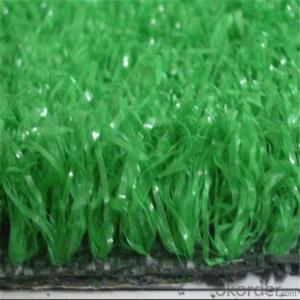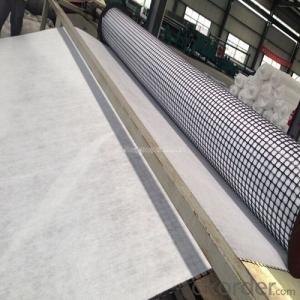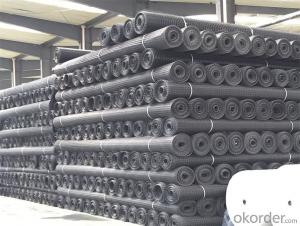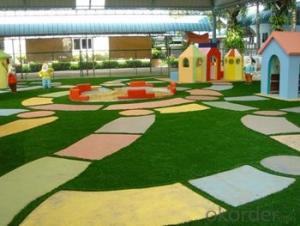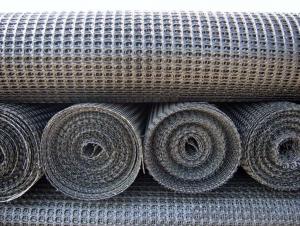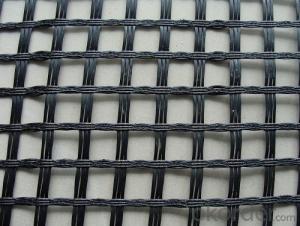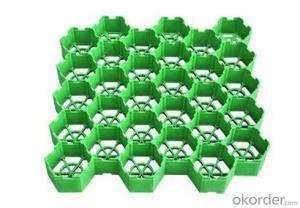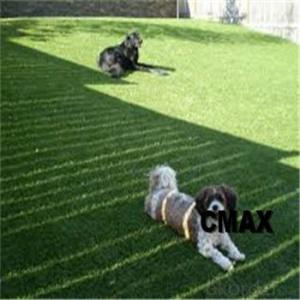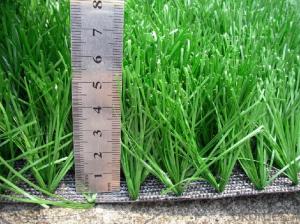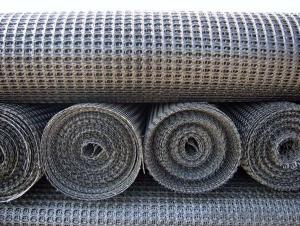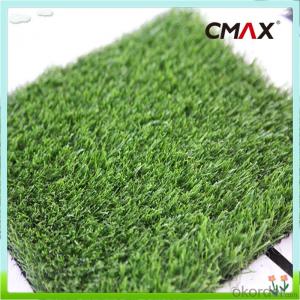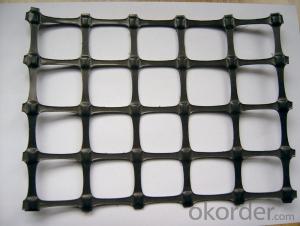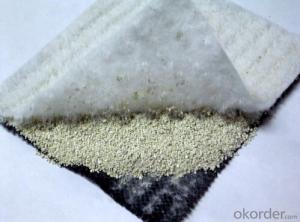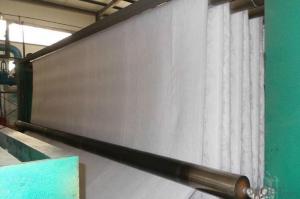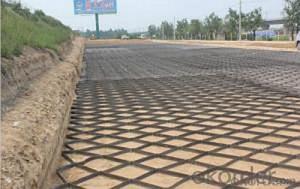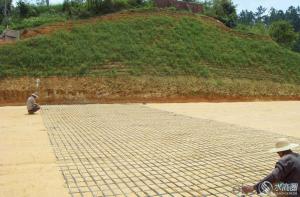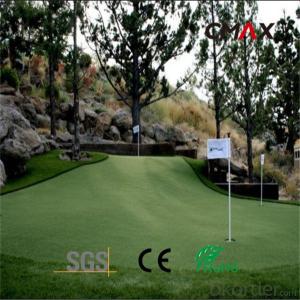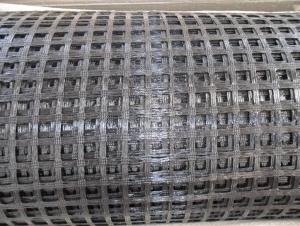Grass Geogrid
Grass Geogrid Related Searches
Geogrid Grass Geogrid Grass Driveway Gravel Geogrid Geogrid Grass Pavers Geogrid Gravel Geogrid Machine Geogrid For Gravel Vegetated Geogrid Landscaping Geogrid Geogrid Maps Asphalt Geogrid Terragrid Geogrid Geogrid Layer Geogrid For Gravel Roads Geogrid Patio Geogrid Parking Plastic Geogrid Geogrid Ground Grid Geogrid Tbl Geogrid Fence Alliance Geogrid Geogrid Australia Ace Geogrid Best Geogrid Geogrid For Gravel Driveway Geogrid Mat Ads Geogrid Geogrid Walls Laying Geogrid Geogrid Gravel DrivewayGrass Geogrid Supplier & Manufacturer from China
Grass Geogrid is a unique product designed to provide stability and reinforcement to various applications, particularly in the landscaping and construction industries. These grids are made from high-quality materials and are engineered to withstand harsh environmental conditions, making them ideal for a wide range of projects. The product is known for its durability and ability to support grass growth, which makes it a popular choice for creating green and sustainable infrastructures.Grass Geogrid finds its application in various scenarios, such as reinforcing soil, stabilizing slopes, and providing erosion control. It is commonly used in road construction, railway projects, and other civil engineering works where soil reinforcement is necessary. Additionally, it is utilized in landscaping projects to create green roofs and walls, as well as in the creation of artificial grass sports fields and playgrounds. The product's versatility and effectiveness in enhancing the structural integrity of soil make it a valuable asset in many construction and landscaping endeavors.
Okorder.com is a reputable wholesale supplier of Grass Geogrid, boasting a large inventory of this product to cater to the diverse needs of customers. The company is committed to providing high-quality materials at competitive prices, ensuring that clients receive the best value for their investment. With a strong focus on customer satisfaction, Okorder.com is dedicated to delivering Grass Geogrid products that meet the highest industry standards and exceed customer expectations.
Hot Products


